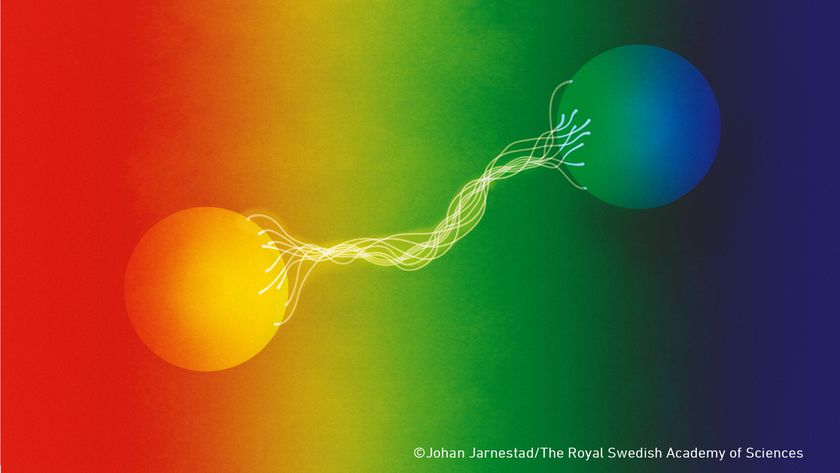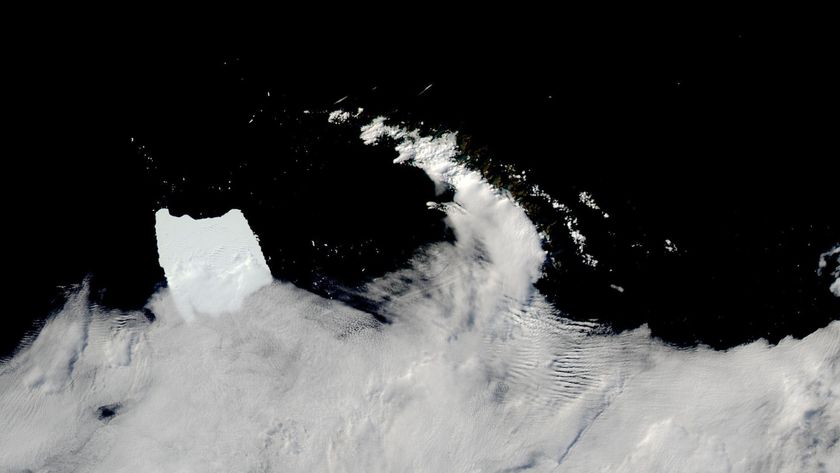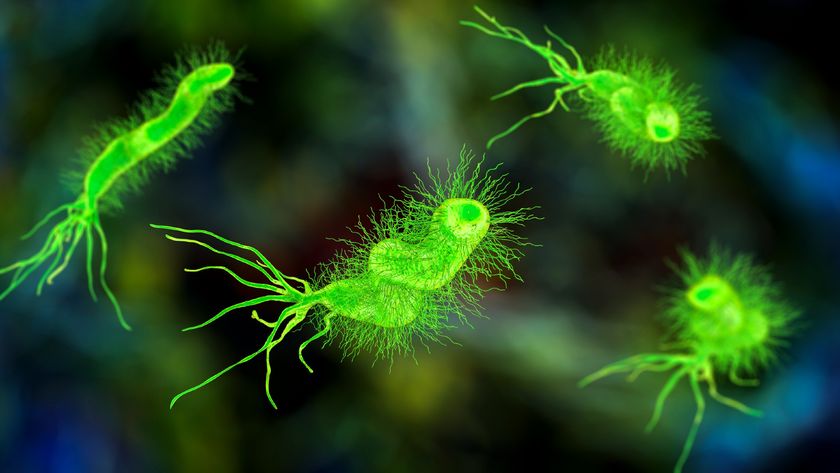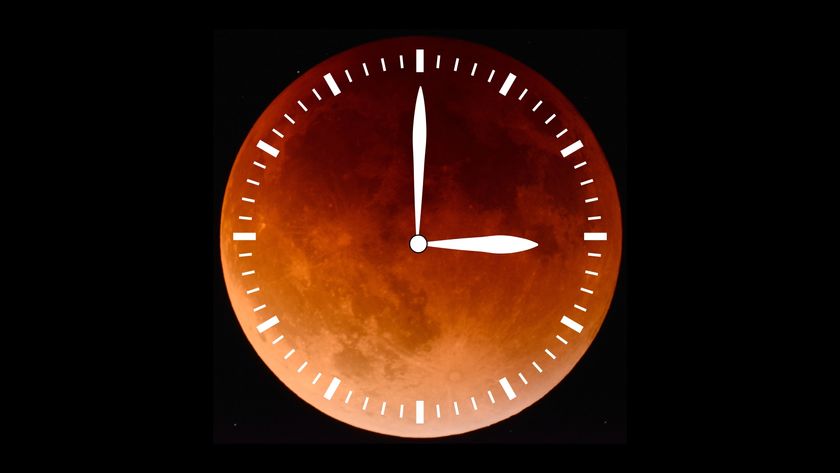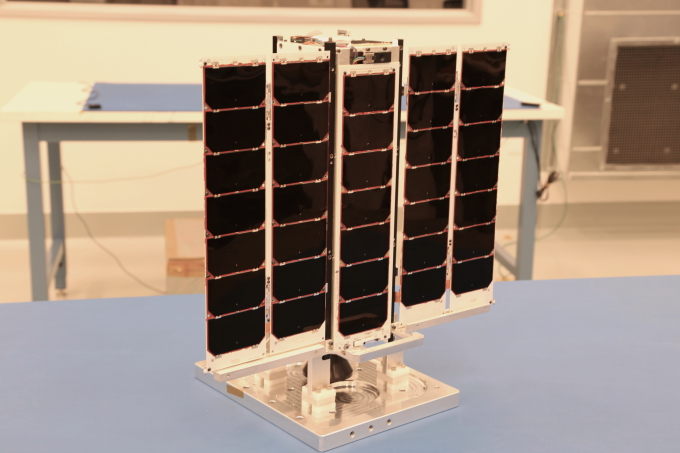
The nascent asteroid-mining industry is set to take its first steps into space this summer.
Planetary Resources' Arkyd-3R probe currently sits aboard the International Space Station and is scheduled to be deployed sometime in July, representatives of the Washington-based asteroid-mining company have said.
Once it's flying solo, Arkyd-3R will perform a demonstration mission, testing out systems that will enable future probes to study and eventually mine asteroids in deep space. [Gallery: Planetary Resources' Asteroid-Mining Plans]
"During its 90-day Earth-orbiting mission, it will send back data on the health of its subsystems to our team at our headquarters in Redmond, Washington, and complete its mission with a fiery re-entry into Earth’s atmosphere as a result of its natural atmospheric orbital decay," Planetary Resources representatives wrote shortly after the Arkyd-3R reached the orbiting lab aboard SpaceX's robotic Dragon cargo capsule last month.
The "R" in Arkyd-3R stands for "reflight," reflecting the fact that it took two tries to get the spacecraft off the ground. The original Arkyd-3 flew aboard the third resupply mission of Orbital ATK's unmanned Cygnus freighter, which was lost on Oct. 28 when Orbital's Antares rocket exploded just seconds after liftoff. (SpaceX and Orbital ATK both hold billion-dollar NASA deals to fly unmanned cargo missions to the space station.)
The people behind Planetary Resources, and another outfit called Deep Space Industries, aim to help humanity extend its presence out into the solar system by tapping asteroid resources such as water and precious metals — while making a nice profit along the way, of course.
Water may be key to the entire enterprise, because the stuff can be split into hydrogen and oxygen, the chief components of rocket fuel. Asteroid mining could thus lead to the establishment of in-space propellant depots that allow voyaging spaceships to fill their tanks up on the go, and relatively cheaply, advocates say.
Get the Space.com Newsletter
Breaking space news, the latest updates on rocket launches, skywatching events and more!
Planetary Resources aims to achieve its grand vision via a series of incremental steps. For example, the Arkyd-3R — a cubesat that's just the size of a loaf of bread — should be followed into space by the larger Arkyd-6 later this year, company representatives said.
The Arkyd-6 is twice as big as the Arkyd-3R and is part of a line of "ScienceCraft" that "we’ll use not only to test the scientific instruments and deep-space technologies at the heart of our asteroid-prospecting missions, but to also provide a platform that will allow others to fly their mission with our technology," Planetary Resources representatives wrote.
A future spacecraft called the Arkyd-100 will demonstrate asteroid-observation techniques and technologies from Earth orbit; thereafter, the plan calls for sending other probes out to study space rocks up close.
"We look forward to many flights of the Arkyd series spacecraft, in Earth orbit, to asteroids and wherever they can be of service," company representatives wrote.
Follow Mike Wall on Twitter @michaeldwall and Google+. Follow us @Spacedotcom, Facebook or Google+. Originally published on Space.com.
Join our Space Forums to keep talking space on the latest missions, night sky and more! And if you have a news tip, correction or comment, let us know at: community@space.com.

Michael Wall is a Senior Space Writer with Space.com and joined the team in 2010. He primarily covers exoplanets, spaceflight and military space, but has been known to dabble in the space art beat. His book about the search for alien life, "Out There," was published on Nov. 13, 2018. Before becoming a science writer, Michael worked as a herpetologist and wildlife biologist. He has a Ph.D. in evolutionary biology from the University of Sydney, Australia, a bachelor's degree from the University of Arizona, and a graduate certificate in science writing from the University of California, Santa Cruz. To find out what his latest project is, you can follow Michael on Twitter.
